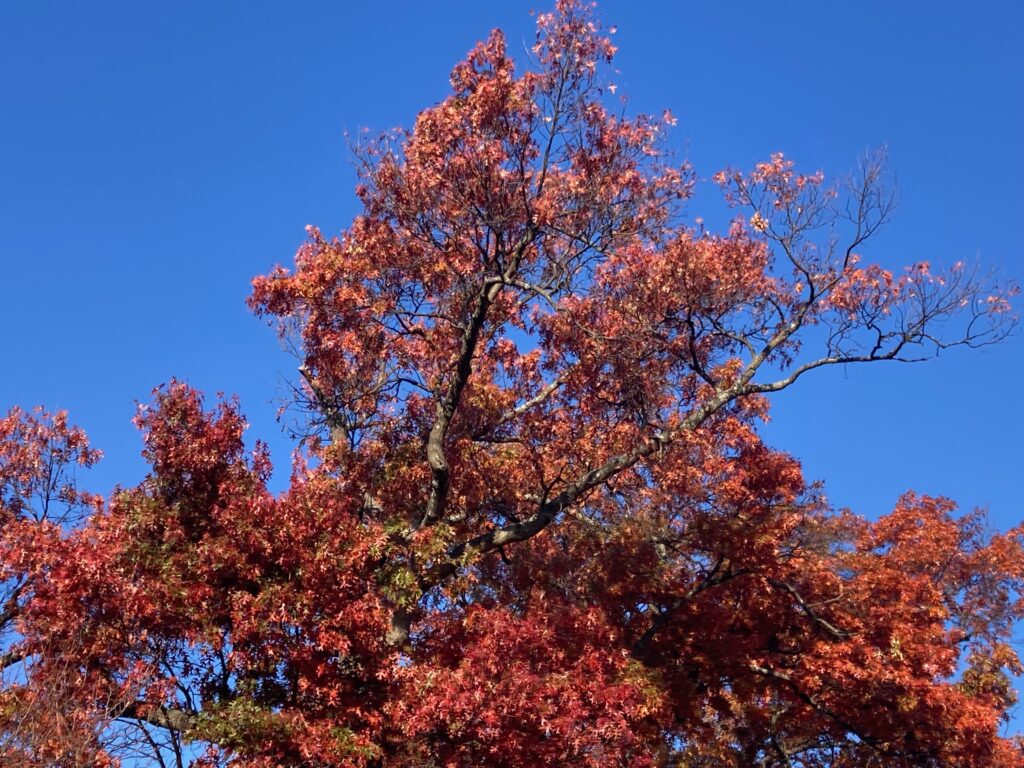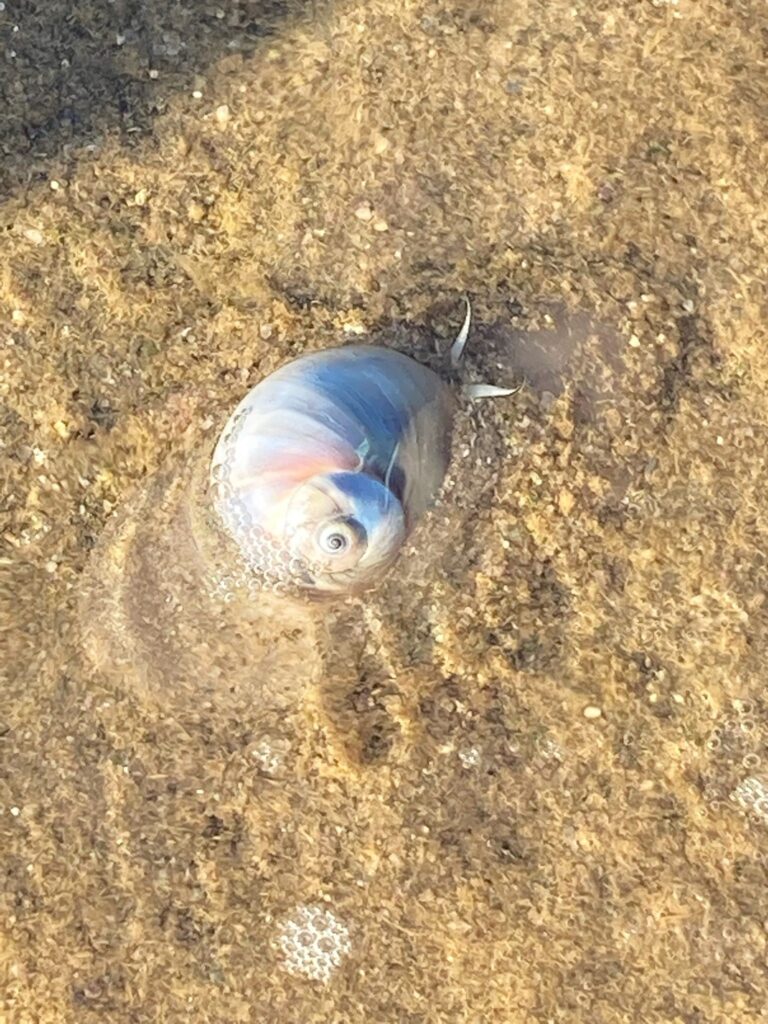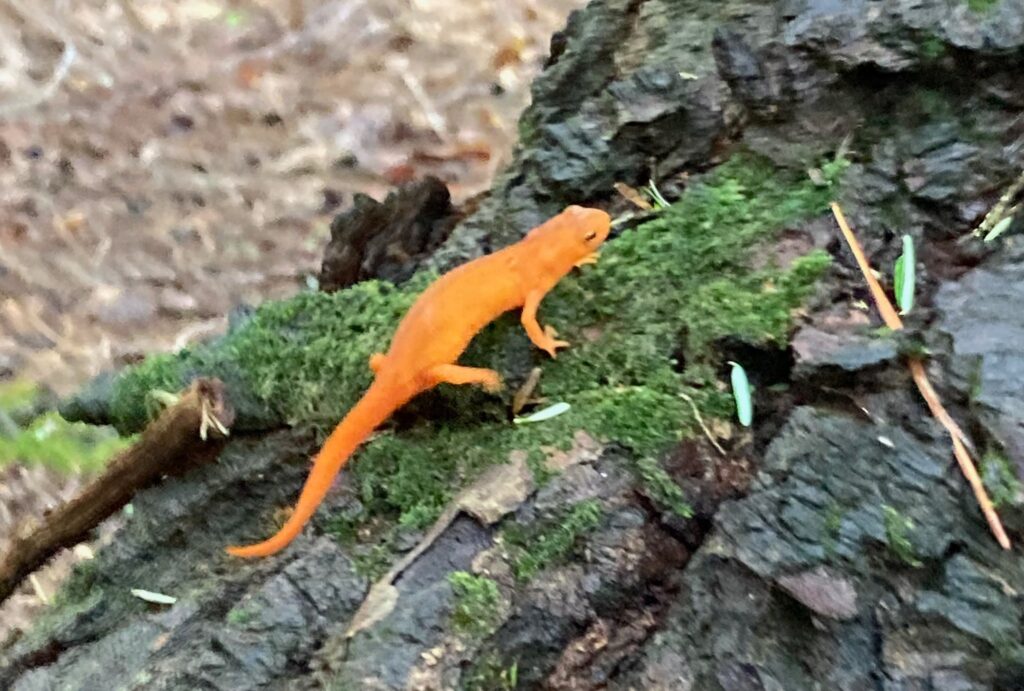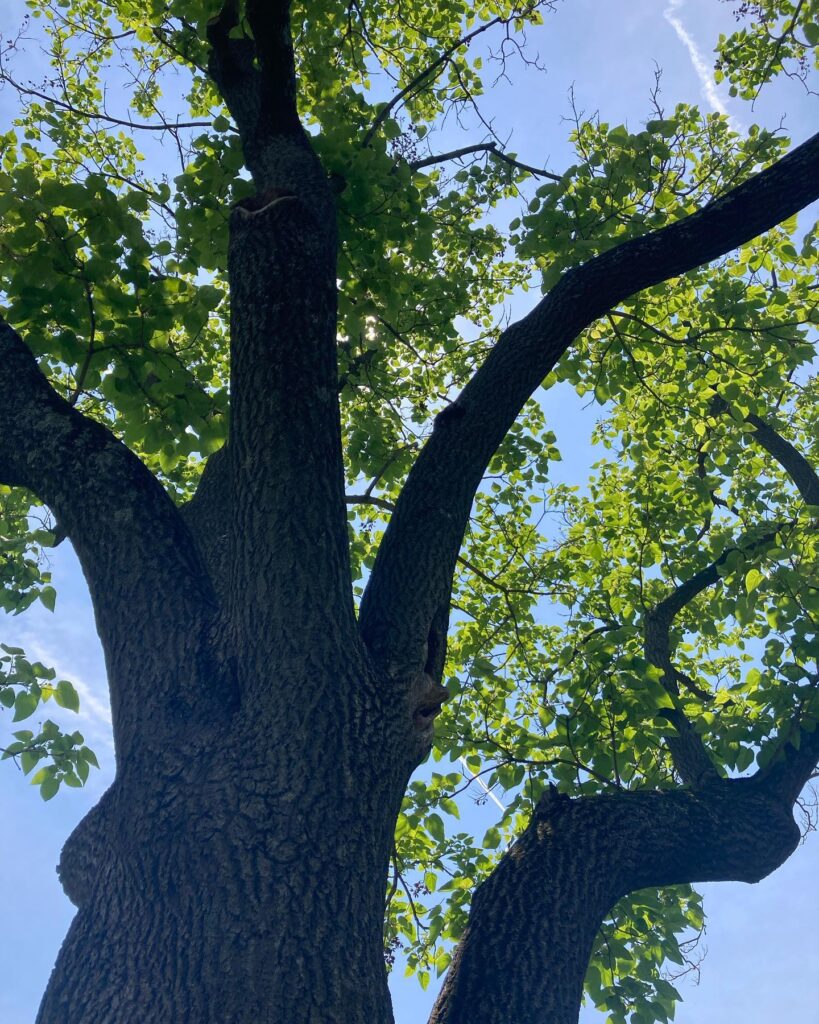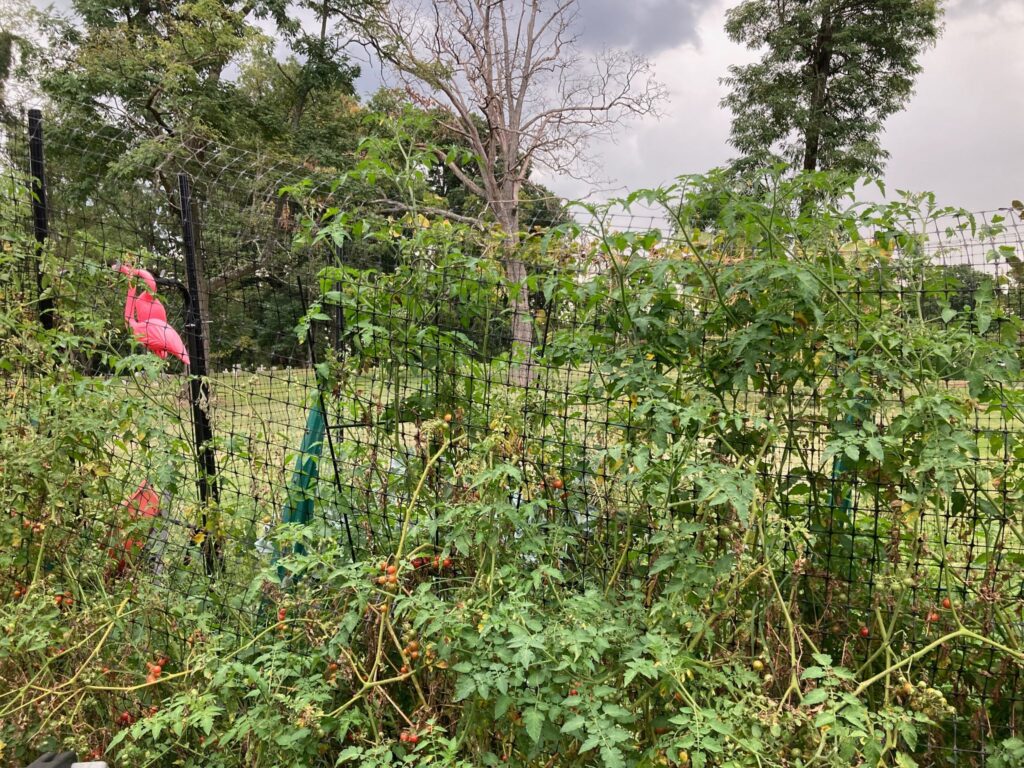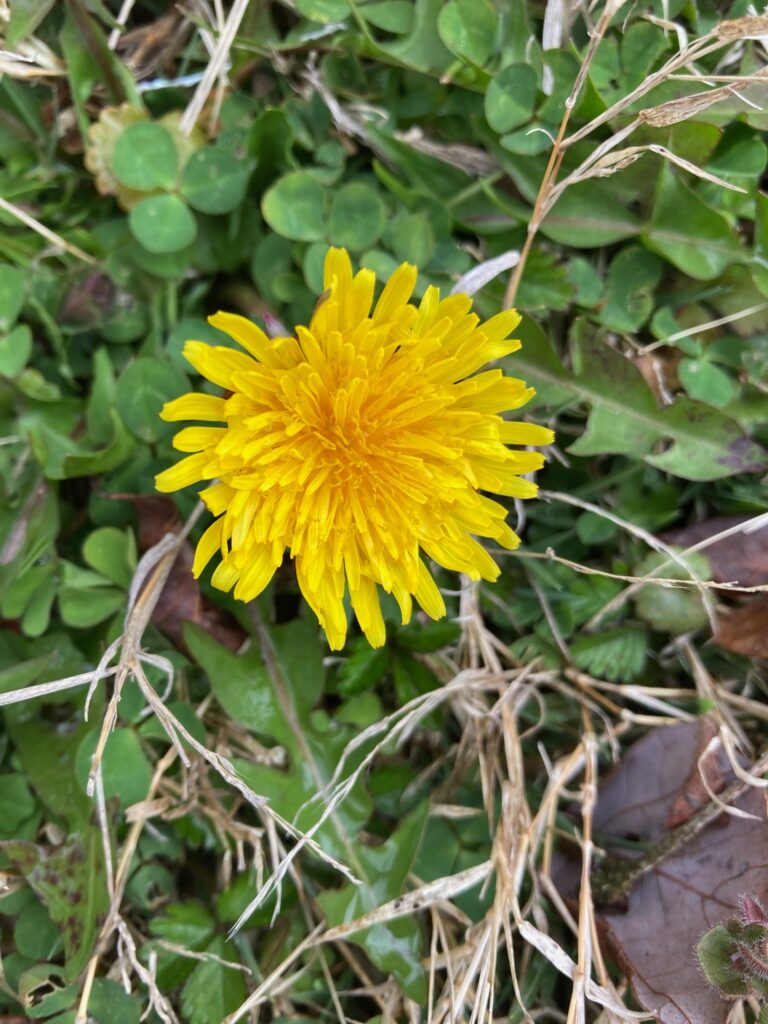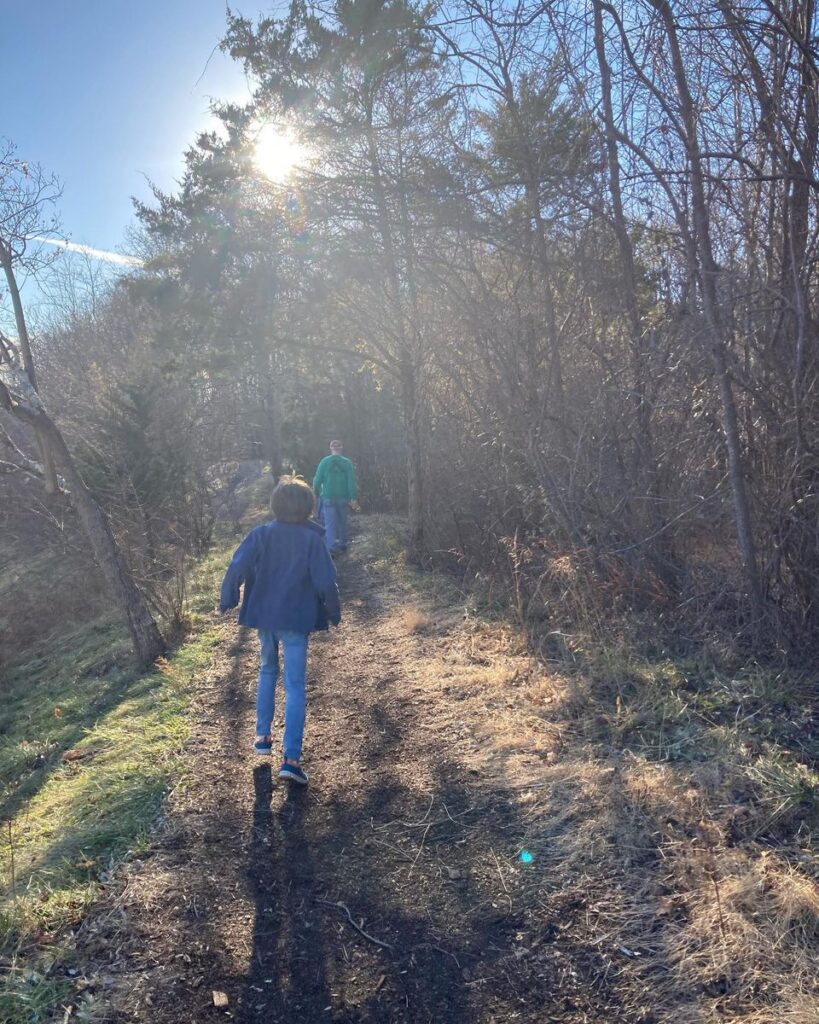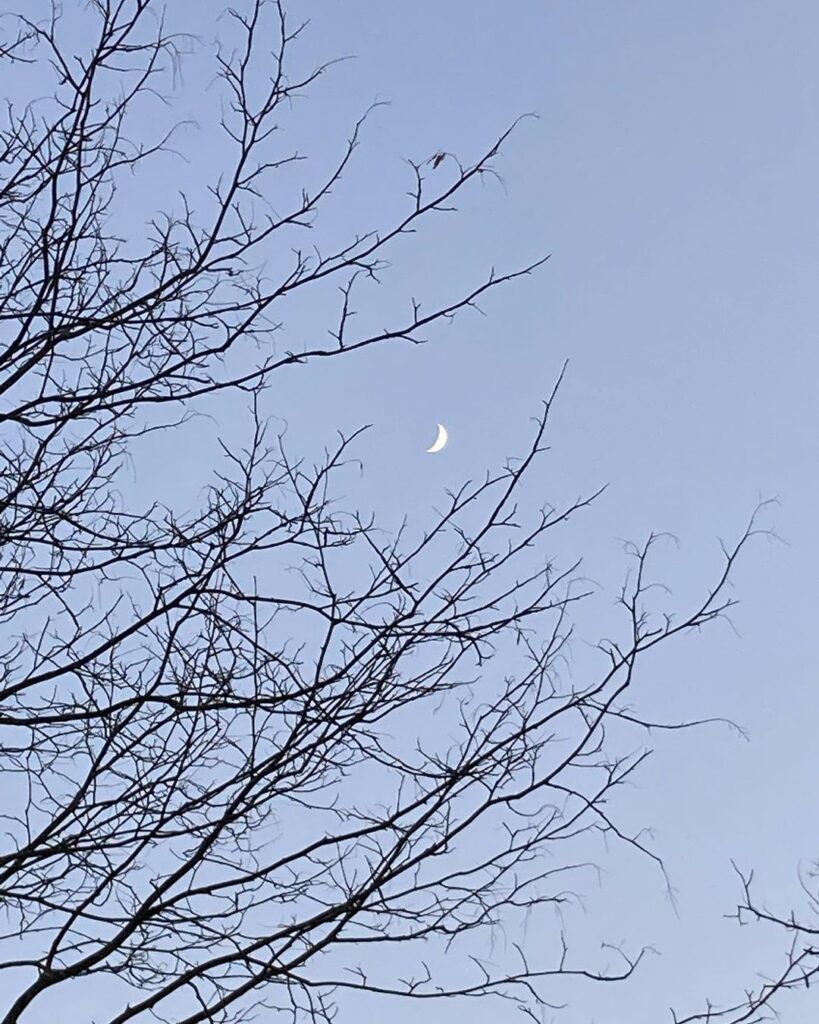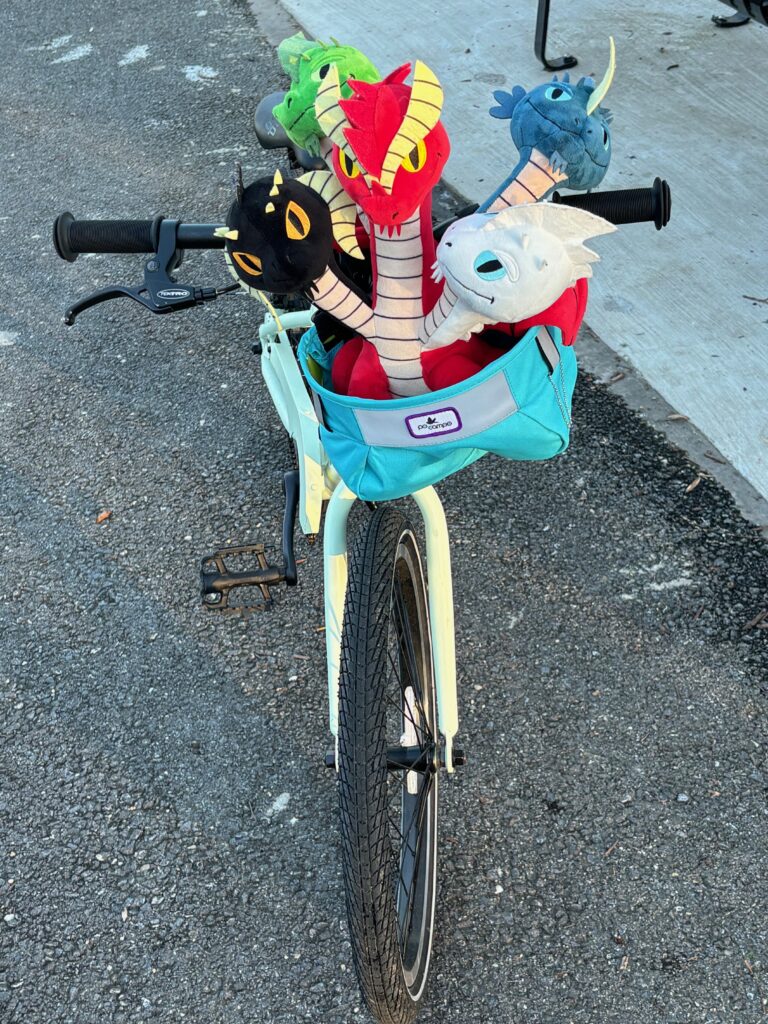
Feet pushing confidently on his pedals, riding his bike in loops around the park, I see the stress melt away from my older son. I’ve described it as moving meditation for him. He’s an emotionally intense kid, but other forms of meditation just didn’t meet his needs. They were often too quiet or too still. Biking fulfilled that need to move, his body in sync with his mind and everything else.
I know my kid isn’t the only neurodivergent kid for whom biking helps. (For those not familiar, neurodivergent refers to any person whose brain doesn’t match the “typical” brain. It includes autistic people, people with ADHD, people with depression, anxiety, dyslexia, and more.) In fact, there are many environmentally friendly activities that can help kids (and adults) with some of the challenges that come with being neurodivergent. Even if you and your kids are neurotypical, these activities have many of the same benefits. This is actually what much of my book is about!
Continue reading